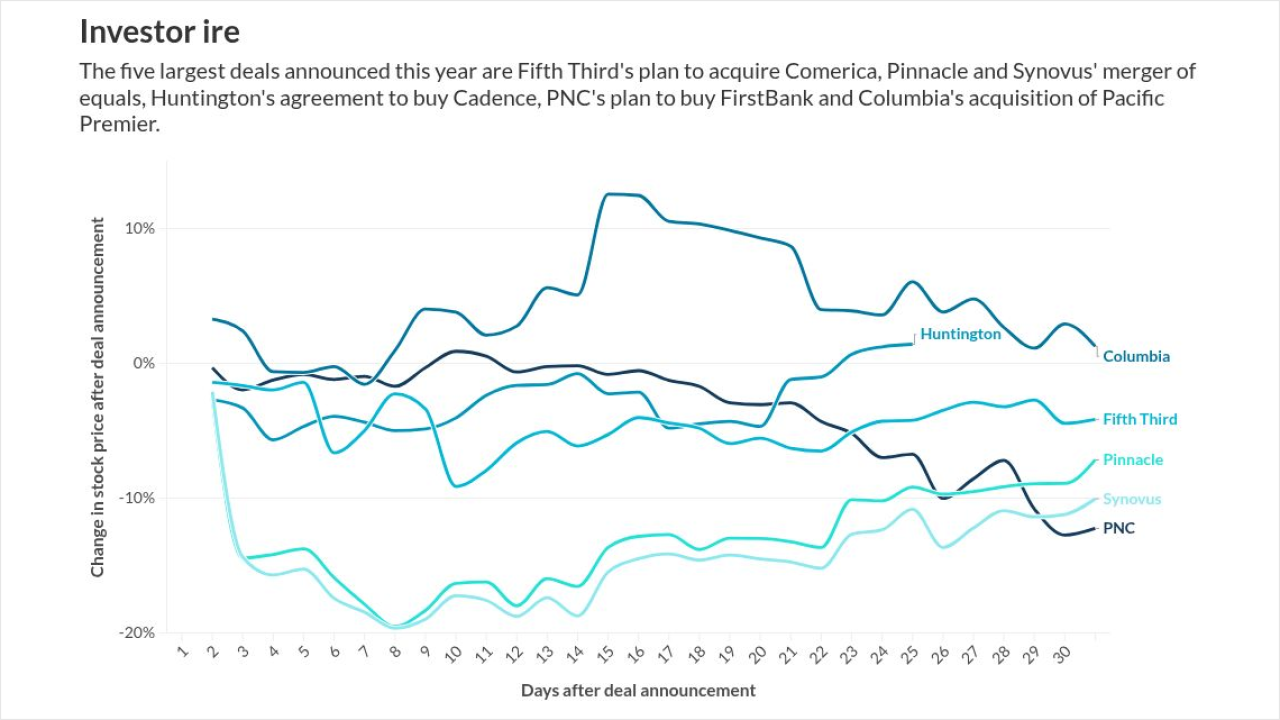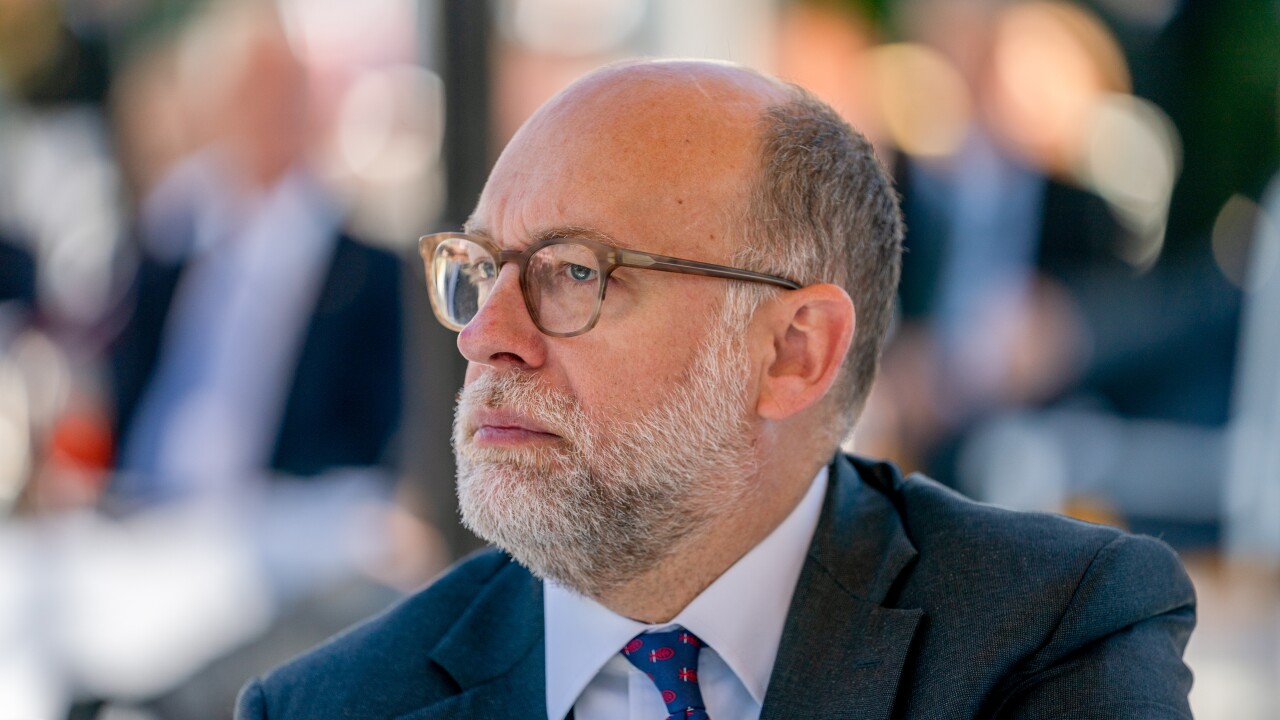Despite repeated campaign promises from President Trump to dismantle the Dodd-Frank Act, the crisis-era law remains firmly implanted in the bank regulatory system—and it seems almost certain to stay that way.
The Republican wave in the fall of 2016 presented the biggest threat to the law since its passage, with policymakers hostile to it running both the White House and Congress.
But while there have been changes—and, to be sure, more are set to come—the law itself continues to provide a central framework for how financial institutions are supervised and run.
“The skeleton of Dodd-Frank is the law of the land and will remain so, it’s just a question of the size of the muscles,” said Isaac Boltansky, an analyst at Compass Point Research & Trading.

This is perhaps surprising given the fact that several high-profile financial executives, including OneWest’s Steven Mnuchin and Goldman Sach’s Gary Cohn, now occupy top positions in the White House. But the truth is that the survival of Dodd-Frank is good news for many banks, which have for the most part adjusted to the 2010 law. It should also provide some measure of relief for those who fought for its passage in the wake of the financial crisis.
In fact, former Rep. Barney Frank, one of the law’s co-authors, said he’s feeling a lot more at ease than he was in the wake of the upheaval election.
“I remember telling my husband, that law I worked on is totally at risk,” he told me in an interview late last month. “I feel very much more optimistic than I did.”
The reforms Frank championed—targeted at the failures of the last crisis and maintaining the health of the biggest banks—are still firmly rooted. There’s been very little talk, for example, of revising the law’s derivatives rules by Trump appointees, including J. Christopher Giancarlo, head of the Commodity Futures Trading Commission.
At the same time, Trump’s decision to nominate Federal Reserve Gov. Jerome Powell, an Obama-era nominee, as the central bank’s chair perhaps best underscores the sense that, despite much bluster, the Obama administration’s position on capital rules, stress tests and supervision of Wall Street banks is unlikely to be radically altered.
Fed Chair Janet Yellen even noted last month that she has “
“All of my colleagues on the board have expressed a strong commitment to keep in place the core reforms that have produced a strong financial system,” she said.
Of course, a continued push to loosen Dodd-Frank’s rules is to be expected and the law will continue to face close scrutiny.
A bipartisan group of senators has targeted a series of changes to Dodd-Frank, including raising the $50 billion threshold for heightened supervision to $250 billion. The shift would remove stricter oversight from
But many policymakers, including Yellen and former Fed Gov. Daniel Tarullo, have suggested the $50 billion limit is too low. Even Frank acknowledges as much, reiterating in the interview that he would be open to raising the threshold to something around $125 billion. He said the $250 billion proposal was probably too high, but noted it was “not an outrageous breach.”
Obama officials, including Yellen and Tarullo, have also previously indicated they were open to easing the Volcker Rule, Dodd-Frank’s ban on proprietary trading, a change that is now
The Financial Stability Oversight Council, meanwhile, has pivoted away from designating large nonbank financial institutions as systemically important—even de-designating American International Group, a poster child for the financial crisis, late last year.
Yet it’s worth noting that the Treasury Department, in a November report, did not go so far as to recommend stripping the council of its ability to label firms as SIFIs. Instead, officials called for using the tool as a last resort and urged regulators to focus on system-wide risks. And while Obama officials defended the designation process vigorously—particularly in their court battle against MetLife over its SIFI label—they didn’t make any new designations after the MetLife decision, which occurred in December 2014.
That said, monitoring systemic threats would arguably prove easier if the Trump administration were to cease its efforts to
It’s unclear to what degree the efforts of the Consumer Financial Protection Bureau will be sidelined in the years to come, as the White House has yet to name a permanent successor to head the agency. But despite ongoing hostility toward the CFPB—and
Those worried about the law’s continued existence are wise to remain vigilant. Small changes can add up and loopholes can prove damaging. But headed into 2018, the future of bank regulation is looking a lot less uncertain than it did one year ago.





